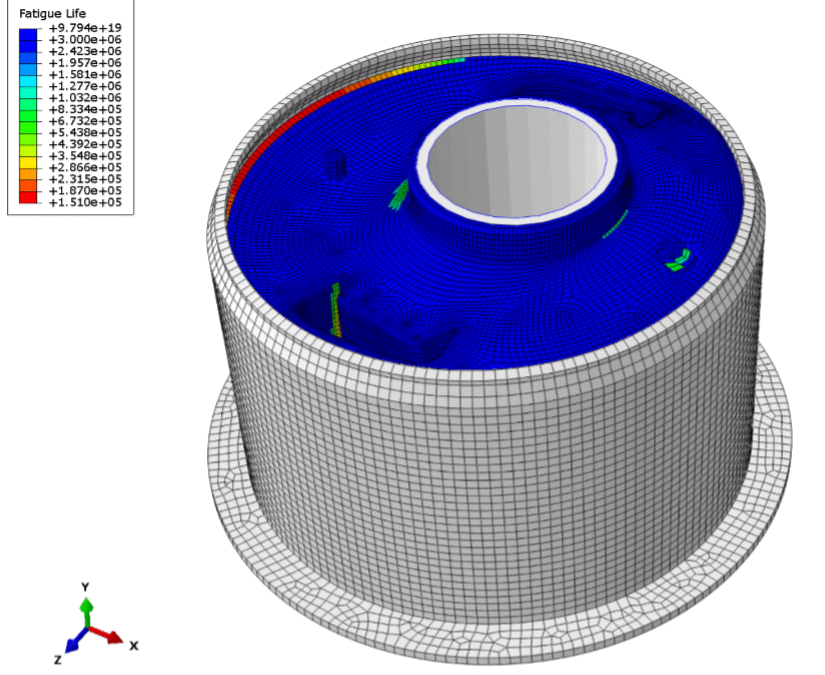Endurica, a global leader in CAE fatigue analysis workflows for elastomers, is now an authorized distributor of...

BLOG/

Endurica, a global leader in CAE fatigue analysis workflows for elastomers, is now an authorized distributor of...

Coreform Inc. announces a free webinar that will show how to use the Python API in its premier meshing software,...
A recent study published on one of Saturn’s many moons, called Enceladus, spotlighted by ABC News, has unveiled new...
Coreform, a leader in next-generation simulation technologies, is excited to exhibit and present at the NAFEMS World...
Coreform Cubit Training Course – May 15–16, 2025 | Orem, Utah Join us at Coreform headquarters in Orem, Utah...
Coreform Flex trimming robustness updates in 2025.3 This release features significant robustness improvements to the...
Coreform LLC has received a highly competitive Small Business Innovation Research (SBIR) grant from the U.S....
OREM, UTAH — Coreform LLC, developer of next-generation computer-aided engineering software, wins competitive grant to...
Coreform LLC, developer of next-generation computer-aided engineering software, has won a competitive $1.1 million...
Coreform LLC, developer of next-generation computer-aided engineering software, has won a competitive $1.1 million...
Join us at the IGA 2024 conference where we will host a Coreform Flex Short Course, Oct 29, 2024, 9:00 AM – 5:00 PM....
Engineering creativity and innovation are too often stifled by the tedious process of building simulation models. The...